There’s a revolution underway in the science and production of meat. Imagine a future where beef, poultry, and pork are no longer grown on farms and ranches, but cultivated in bioreactors.
Multinational food players, such as Cargill and Tyson, and business tycoons, like Bill Gates and Richard Branson, are now investing in tech start-ups that are merging science, technology and the culinary arts together like never before.
The result? A billion-dollar market on the verge of producing meat for consumption that takes slaughtered animals completely out of the equation.
Stakeholders are preparing for these products, also referred to as ‘cultured’ or ‘cell-based’ meat, to potentially hit the US market this fall. Xtalks interviewed two industry experts on the challenges that innovators will experience when bringing these products to market, including appearance, environmental impact, and food safety.
Alex Shirazi, Host of the Cultured Meat and Future Food podcast, says that every company in every country involved in cell-based meat production is grappling with the same question, what will the final version of these products look like?

“A lot of people are talking about steaks and burgers, but in reality, the first cultured meat product will be more similar to liquefied meat products or based on liquefied meat,” explains Shirazi.
Shirazi is an engineer who also organizes the annual Cultured Meat Symposium based in the San Francisco Bay Area. He says a lot of companies are having trouble shaping the meat into something they think consumers will recognize, resulting in minced meat products as a current solution.
“An example of this is a chicken nugget, which is a paste that is deep fried, or a hot dog for example,” he says.
Scientists are working to grow cells from animal tissue samples into meat-like products, and while it’s not easy, Shirazi says one Israeli-based innovator, is ahead of the game.
“I would say the biggest outlier out of all the companies is Aleph Farms because they are focusing on a structured element which is steak,” he says.
It’s no coincidence that one of the companies advancing the appearance and structure of cell-based meat comes from Israel. It turns out the companies who are ahead of the curve in the cell-based meat industry come from nations that are the most technologically advanced such as the Netherlands, Israel and of course America’s Silicon Valley.
“When creating cultured meat, you are mimicking the way the cells are living and growing in an animal body which includes multiple environment parameters such as that high body temperature. When you’re producing beef, poultry and pork it is all done at much higher temperature as opposed to fish which lives in a much colder environment,” Shirazi says.
Whether it’s beef, chicken, pork or fish, each cell requires a specific environment in order to grow and be cultivated into a viable food product. All of these processes consume energy.
Yet the industry has been touted as a more sustainable alternative to meat production, by using limited land, fewer water resources and not having to worry about large herds of livestock producing methane.
Shirazi says all these reasons for moving to cell-based meat production are valid, but the environmental impact is still unknown. He notes a comparison to efficiency caps that the biofuel industry has faced. Producing large scale systems for cultured meat could hit similar efficiency caps.
“Do you have to use as much water? Probably not, but do you need to use more energy? You might have to. So, the best way to describe it is if you have seen for example an oil refinery, there is a tremendous amount of stuff going on and to have a high output we are going to have to build a very similar type of system for this,” he says.
The environmental impact of scaling up and the appearance of these products are some of the hurdles the industry is facing right now, but there is also a third area of concern: food safety, which raises a lot of issues to be addressed from a technological standpoint. For example, if one output of meat is contaminated, the entire production could be contaminated, as opposed to one cow.
“Will it be cleaner? Yes, because it will be more of a controlled environment, but will it also be antibiotic free? We don’t know. I think there are a lot of questions from a food safety standpoint,” continues Shirazi.
For more guidance on the critical food safety and regulatory aspect of this industry, Xtalks turned to Brian P. Sylvester, former USDA attorney and currently special counsel at Foley & Lardner for his perspective on the unique regulatory framework the cell-based meat industry will face on its pathway to pre-market approval.

In the United States, food regulations are largely determined by the USDA, who oversees meat and poultry, and the FDA, who oversees most other food products; but it wasn’t clear how the new cell-based meat industry should be regulated.
“A regulatory turf battle of sorts emerged last year regarding whether FDA or USDA would take the lead in regulating cell-based meat. Proponents of FDA as the key regulator proferred that the FDA has substantial knowledge of how cell culture technology works due to that Agency’s experience with cell culture technology in the biomedical space. At the same time, conventional meat producer interests contended that USDA would be better positioned to regulate this burgeoning sector due to their experience with meat safety and labeling,” explains Sylvester.
In a ground-breaking agreement this past March, both the USDA and the FDA will share joint regulatory oversight of the cell-based meat industry. Notably, cell-based seafood will be regulated by the FDA.
“With respect to cell-based meat, poultry and other USDA-amenable species, the FDA will regulate the production process up until the point of harvest from the bioreactor,” says Sylvester, “after which the USDA will take the lead when it comes to the processing and labeling of these products.”
Meanwhile, the language and labeling used to describe plant-based and cell-based meat products have recently come under fire, with certain states claiming ‘meat’ terms such as burgers and hotdogs can only be used for products that come from a slaughtered animal. However, makers and advocates in the alternative market argue these laws violate freedom of speech.
“There is no clear answer on what labeling will look like there, but gleaning on the whole discussion from bioengineered food, we can expect consumers will expect to see labeling that discloses exactly how their food is made. If it’s a chicken or beef product made with cell-cultured technology, then consumers will likely expect this to be made clear. And it remains to be seen if the USDA will require such a disclosure or whether the Agency will permit voluntary disclosures,” Sylvester commented.
There are many issues to consider from labeling to food safety, but Sylvester says one thing is certain, as technologies for cell-based meat grow in scale worldwide, the US wants to be in the lead.
“It is clear that the United States is definitely interested in being at the forefront of this technology. The regulators have moved quite quickly, and I expect this pace to continue as this technology scales up.”
Until then the world will be watching and the US will likely lay out the groundwork and foundation for other countries to get the green light of approval across the globe.
In the meantime, consumers and the food industry will have to wait, as the FDA and USDA continue to internally review written comments from stakeholders and weigh out their options on what will be the most appropriate regulatory framework for this highly anticipated industry.

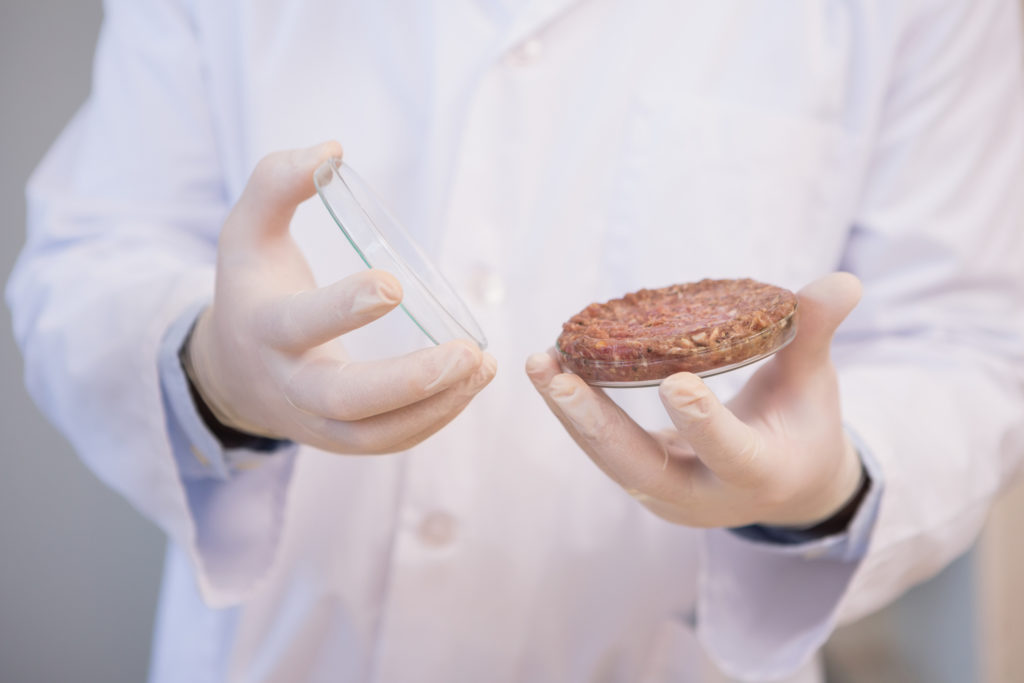
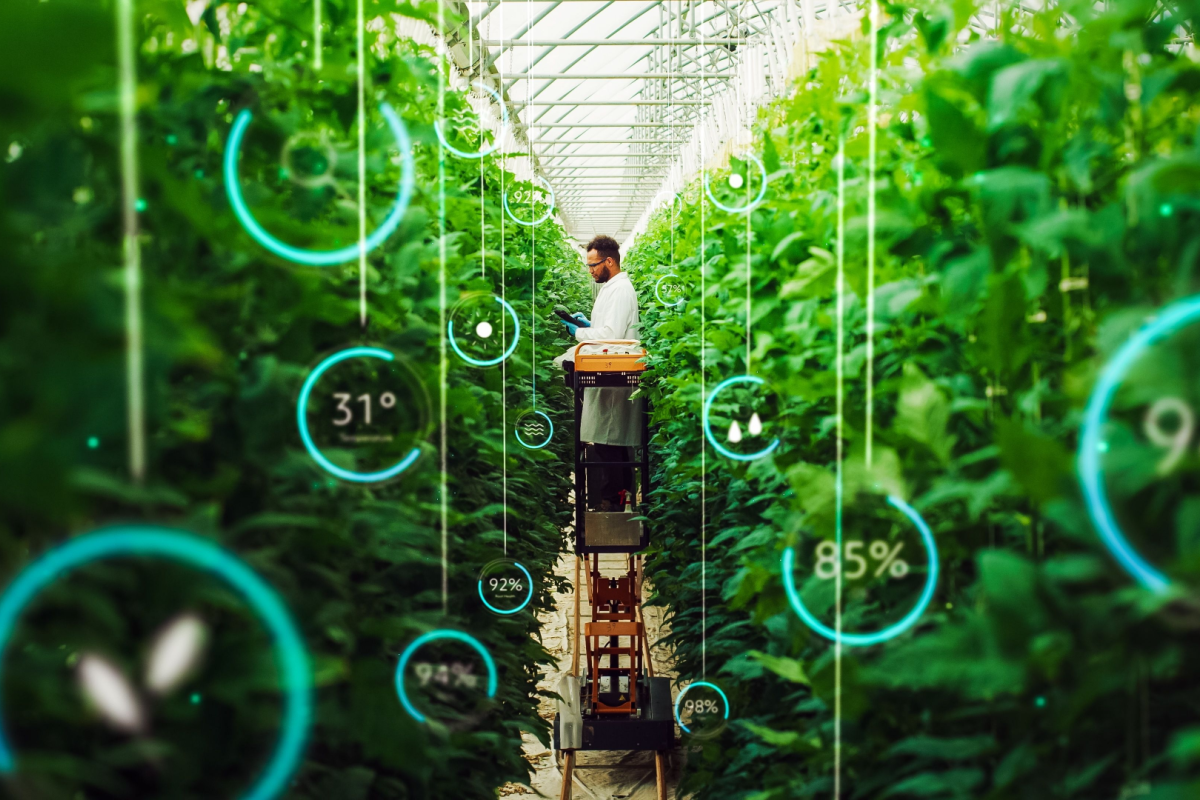

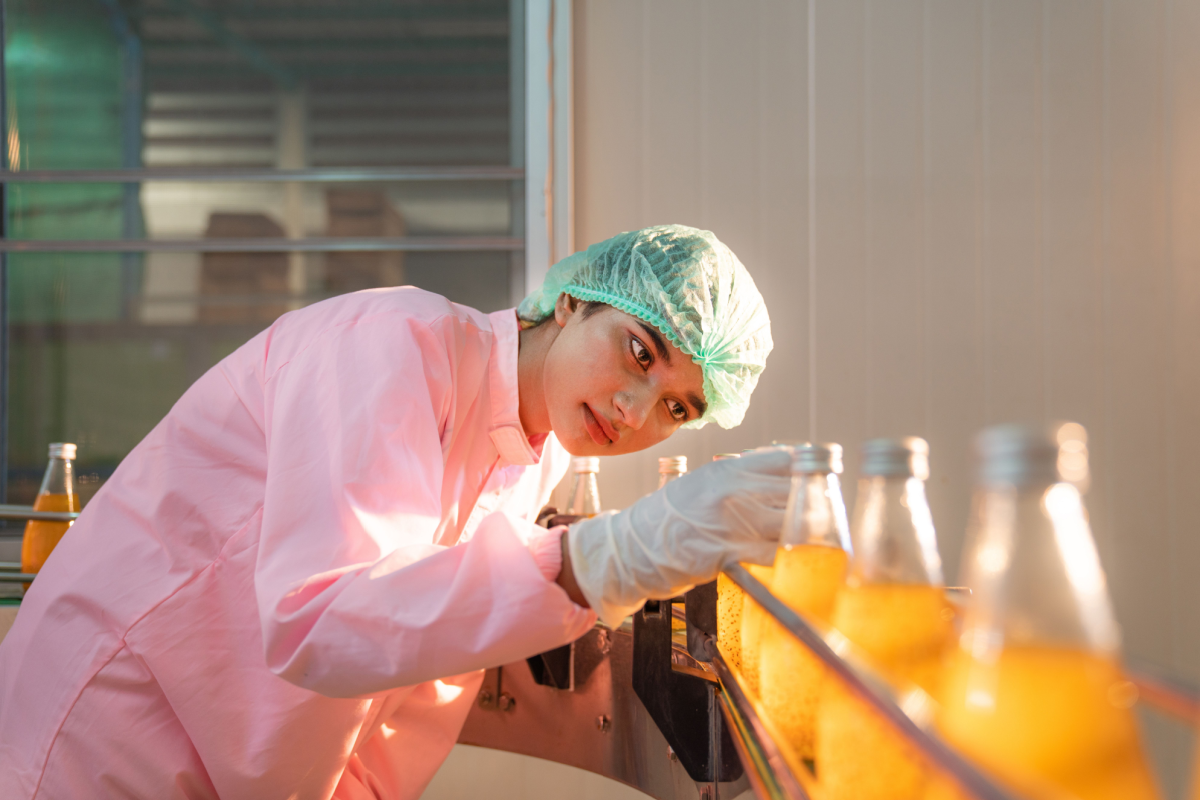
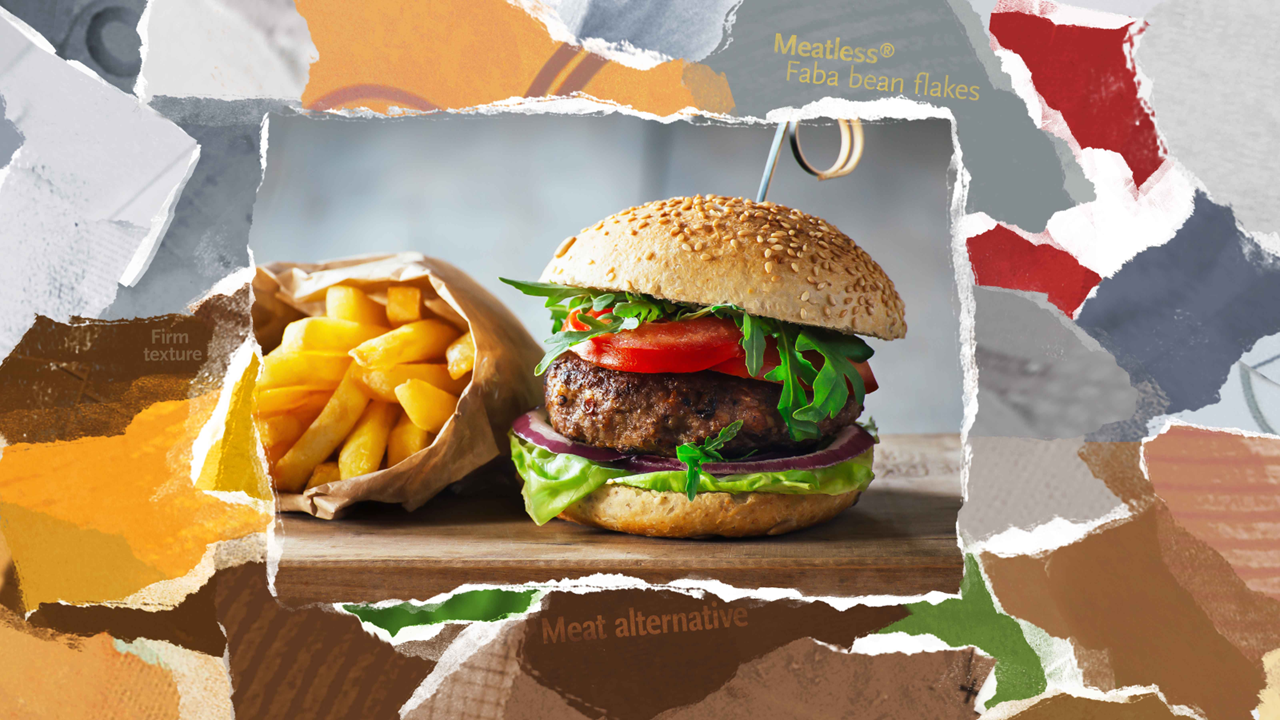
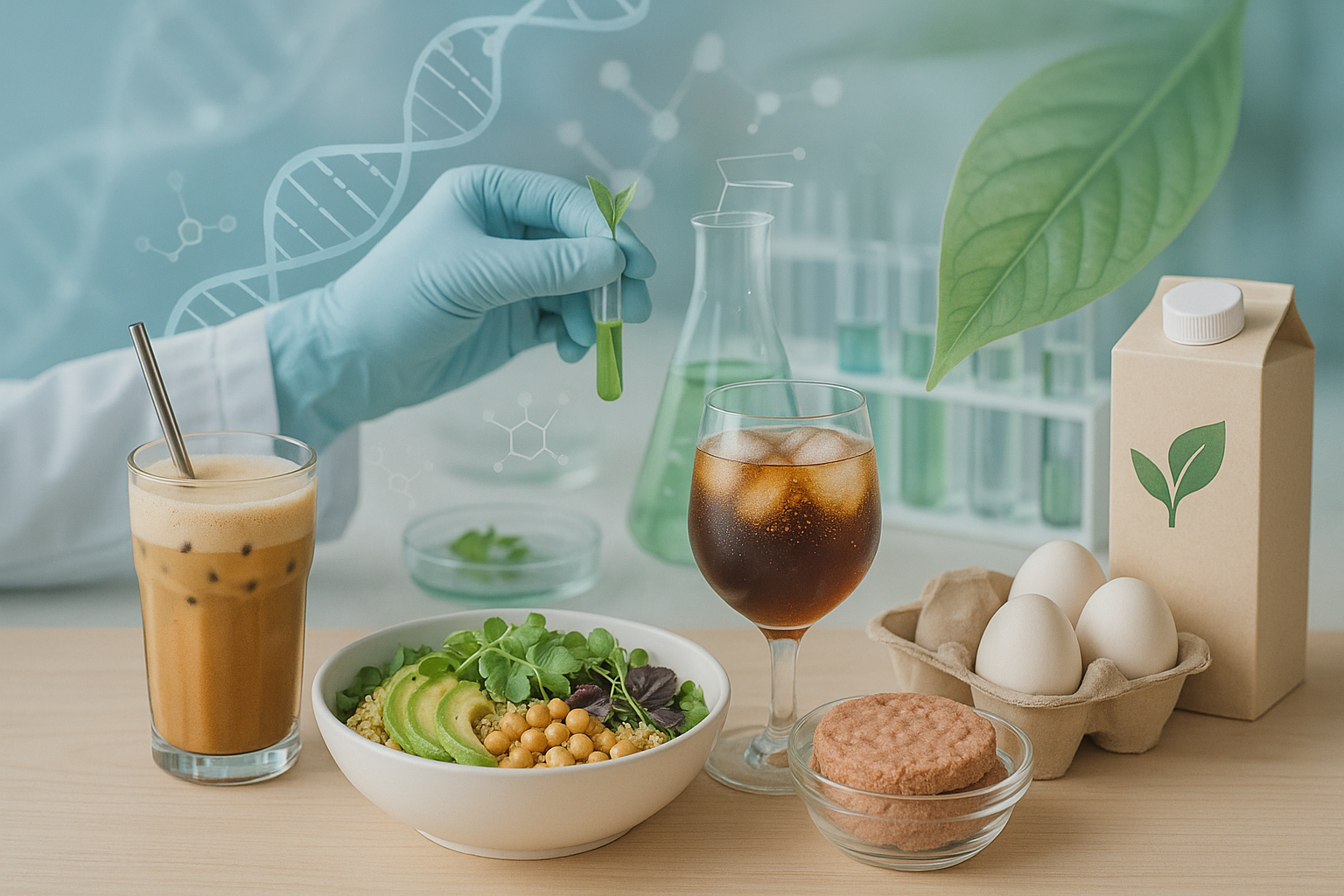





Join or login to leave a comment
JOIN LOGIN